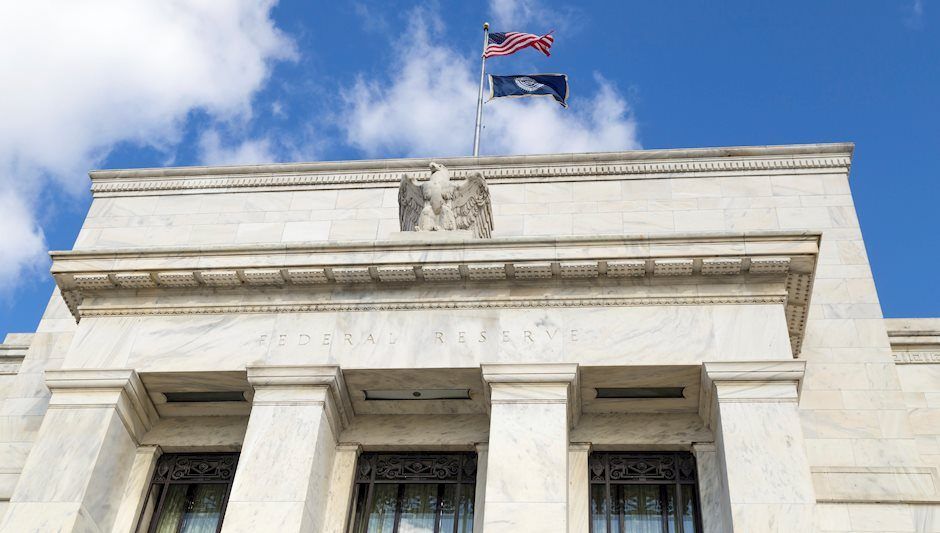Fed finds comfort in retightening financial conditions
-
The recent rise in short US yields reflects market realigning its inflation expectations with the Fed, rather than expectation of higher real rates.
-
Monetary policy is already restrictive, but the strong macro data underlines that Fed cannot allow pre-emptive easing in financial conditions.
-
The recent hawkish commentary does not pre-commit Fed’s hiking pace in March if NFP or CPI surprises clearly to the upside. That said, we still like our base case of Fed terminal rate at 5.00-5.25% by May and no cuts before Q1 2024.

Since the February meeting, market has realigned its inflation expectations with Fed’s December projections, lifting nominal yields higher. As energy prices remain stable, this reflects more persistent underlying price pressures amid the stronger macro data. But in contrast to the euro area, inflation expectations have risen mostly in the short end of the curve, while long end has remained stable. Consumer surveys paint a similar picture.
Fed aims to maintain real short-term interest rates at restrictive levels, and so far it has been successful in doing so. As we highlighted in MacroScope: more signs of a turning point, 28 February, short-term leading models have turned higher, but longer-lead models remain at negative levels. Real money growth still points towards GDP contraction.
Our forecast of a recession in H1 2023 now appears overly pessimistic, but we continue to see GDP growth clearly below trend also in 2024. Fed cannot allow growth to rebound strongly when the labour shortages and high wage inflation suggest that the output gap is still positive. While supply has recovered gradually, labour market conditions are not really easing, as demand indicators and voluntary quits have remained elevated, or even risen.
FOMC commentary has also turned more hawkish recently. The February minutes revealed that while Powell has downplayed the risk of pre-emptive easing in financial conditions, other participants considered it ‘could necessitate a tighter stance of monetary policy’. Now that nominal yields and mortgage rates are rising, equities are under pressure and broad USD has strengthened, Fed has little incentive to stop market moving their way.
As an added benefit, the hawkish commentary does not pre-commit Fed to any hiking pace. In case the February Jobs Report surprises clearly to the upside 10th of March, Fed has the option to guide the markets towards a 50bp hike before the blackout begins on Saturday.
After the January effects from warm weather and heavy seasonal adjustments fade, we see NFP growth moderating to 220k in February. In addition, we track both headline and core CPI at 0.4% m/m, as ISM price index, used car prices and labour market indicators point towards persistent underlying price pressures. Markets now fully discount three 25bp hikes through June, with slight probabilities for either a larger hike in March or a final hike in July. The nominal terminal rate has been repriced 60bp higher since the January NFP, which we consider aggressive to be based on only one month worth of data. A sudden softer release could well spark temporary rallies, and hence we still like to hold on to our call of terminal rate at 5.00-5.25%. That said, the bar is low for including another 25bp for June.
Author

Danske Research Team
Danske Bank A/S
Research is part of Danske Bank Markets and operate as Danske Bank's research department. The department monitors financial markets and economic trends of relevance to Danske Bank Markets and its clients.

















